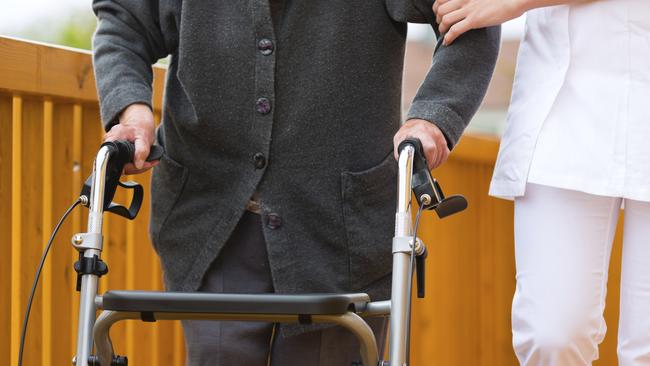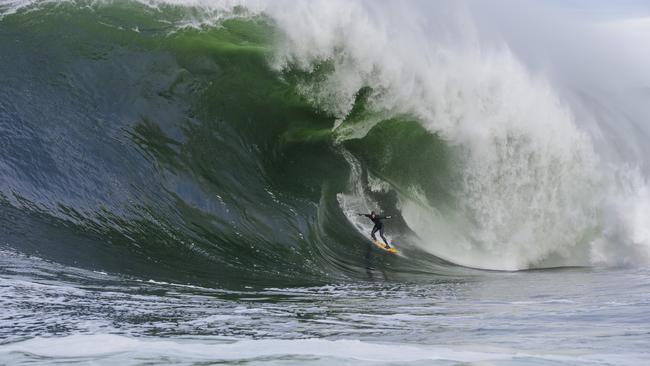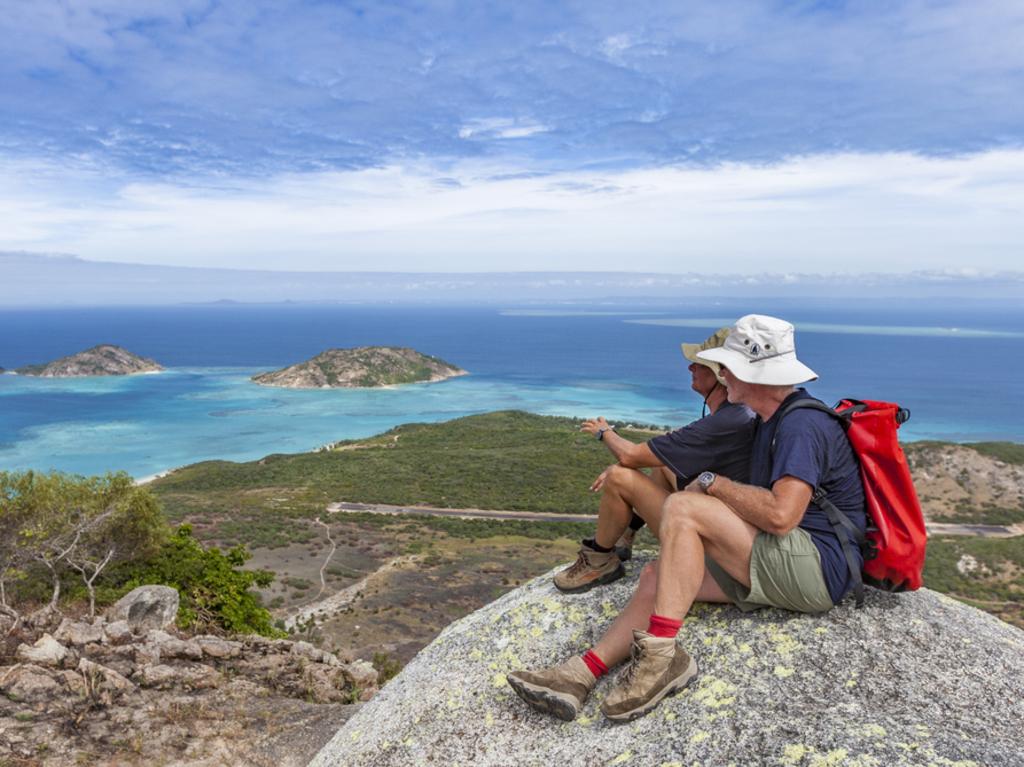
It’s like a tsunami, or better still a freight train, hurtling towards us with a collision projected for 2032, just eight years hence.
Precisely nine months after the demobilisation of Australia’s WWII troops, in mid-1946 the birthrate ramped up. This was clearly a time of many joyous reunions. And indeed this joyousness continued for two decades before being (mightily) quelled by the arrival of the oral contraceptive pill.
The baby boom that blossomed in late 1946, that will turn 78 this year, will turn 86 in 2032. In that year (2032) the number of Australians aged 85+ will jump 62,000, up from 20,000 being added to this cohort in 2024.
Let me place this demographic event into context. In eight years the number of Australians tipping into the 85-plus bracket will jump by the highest number in any single year over the course of the century between 1971 and 2071. This is a one-in-a-100-year event.
It’s like a slow-building tsunami finally crashing ashore. Demographers can see the wave, they can see the freight train building momentum and heading our way.

We know when it will arrive. We also know this powerful “impact event” won’t just be contained within a single 2032 year. It will be followed repeatedly by similarly scaled waves every year to 2036.
It’s probably a good idea to plan for this now, minister. Or at least that’s the kind of thing I’d be suggesting to those in authority. The minister’s first response should be to get the ABS to verify the figures. (The figures are correct.)
But sometimes even the most skilled demographers don’t connect the dots that litter their handiwork. A threefold increase in the rate of growth in the 85-plus population within an eight-year time frame (from 2024 onwards) floods demand for aged care, for assisted living, for nursing homes, for – and let’s be blunt about this – palliative care services.
I could take this further and predict a boom in demand for funeral services, for crematoria, for cemetery real estate across the 2030s.
But I have decided not to do that.
I wonder what the social (and political) impact might be on a community, on two generations (of voters) within a single family, when their much loved parents, when their beloved grandparents, are unable to access the care and support, the assisted living facilities, the healthcare services that they believe should have been provisioned for and delivered?
Blaming previous regimes is a cop-out when it comes to cohort ageing. Baby Boomers spilling into the assisted-care stage of the life cycle is not a surprise event. In 2032 we will quietly say “we knew”. Indeed, we know right now (in 2024) what’s coming.

We need a strategic plan. We need a program to deliver skills and workers. We need facilities, funding and infrastructure to ramp up across the balance of this decade.
Oh, and we need all this to be delivered in the city and in major regional centres. Think of these much-needed later-life facilities as investments in electorates.
On the private-sector property side of things this means more demand for retirement accommodation, for assisted living, for nursing home facilities. It means greater demand for financial planning, for estate planning services, for intergenerational wealth transfer services. It means greater demand for hip and knee replacements. Do we mine titanium in Australia?
It means hyped demand for aged care nurses. In fact I think the ABS should split the “aged and disability carer” job classification into two separate jobs at the 2026 Census: aged carer and disability carer.
It would also be helpful to specify the number of workers with nursing skills in aged care, in palliative care and in other forms of care.
This might sound a bit “out there” but with more Australians bunching-up within the 85-plus stage of the life cycle there will be, I am sure, heightened demand for spiritual support. This will particularly affect Anglo Australians with diminished access to a shrinking pool of ministers across many (but not all) Christian religions.
We need skills, labour, accommodation facilities and funding to support what is in effect the first wave of the baby boomer generation moving into frail old age.
But then perhaps part of our strategic thinking should also be to make allowances for the fact that we won’t get the services, the funding, the worker base, right for the 85-plus tsunami in 2032. After all, in dealing with the frail elderly at scale, we are managing a societal and demographic issue that no previous generation of humanity – ever – has had to contend with.

Previously people died before they got really old.
In Japan today close to 25 per cent of the population is aged 65-plus whereas in Australia this proportion is barely 15 per cent. Our ageing challenges are quite modest in comparison with those in parts of Asia and Europe.
However it does mean that we should be capable of cherrypicking, adapting and then adopting programs, funding models, skills development techniques, even targeted migration plans that have proven successful in attracting much-needed skilled workers in other jurisdictions.
And there is no time to lose. The 2021 Census carried a new question which asked Australians if they have ever been told by a doctor or nurse that they have a long-term mental health condition. When the results of this question are plotted against the single year of age a remarkable later-life trend is revealed. After the age of 78 many Australians report an uptick in anxiety and depression.
By their 90s up to 20 per cent of Australians report a long-term mental health condition. Indeed one in five Australians in their 90s present as being isolated, lonely, depressed and suffering anxiety.
The late-70s uptick in anxiety is explained by the likely loss of a life partner. The 90s anxiety, I am sure, speaks to a silent, creeping, epidemic of loneliness. And yet the oldest Baby Boomer is just 78 today.
As a nation we can (and we must) do better. The property industry can help lead the way by creating caring, inclusive, affordable communities, and accommodation, for life’s later years. If the key issue is loneliness, how can we better integrate those in later life with those amid the hustle and bustle of everyday family life?
Sometimes a simple graphic, a powerful metaphor (like the freight train or tsunami), an easy-to-understand story is all that is needed to win-over those receptive to the idea of change. Our cities and communities are rightly focused on the (property) issues of today: access to affordable housing, utilisation of depleted office space, streamlining the planning process, the prioritisation of infrastructure.
But sometimes it is also necessary to bring into consideration the mix of issues and challenges that sit just beyond the horizon. And what is sitting just beyond the property horizon is an 85-plus freight train, laden with the frail elderly, that will demand a property and community response by 2032.
Let’s not wait till 2032 and pretend that we didn’t see this one coming. With appropriate planning and visioning I am confident that our response, the Australian response, to the looming tsunami to the hurtling freight train, will be among world’s best practice in the care of the frail elderly.
Bernard Salt is founder and executive director of The Demographics Group








It was always going to happen. Projections released by the Australian Bureau of Statistics last November show the trajectory of the 85-plus population – the frail elderly – over the coming decade.